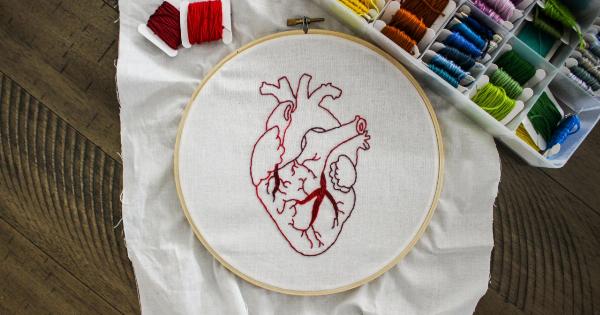The human body is an incredibly complex machine, with multiple systems and structures working together to ensure proper functioning.
In order to fully understand how the body works and how to diagnose and treat various medical conditions, it is essential to have a comprehensive understanding of its anatomy.
Skeletal System
The skeletal system provides support and protection for the body’s internal organs, as well as enabling movement through the use of muscles and joints.
The human skeleton is made up of over 200 individual bones, divided into two main categories: the axial skeleton (which includes the skull, ribcage, and spine) and the appendicular skeleton (which includes the extremities such as arms and legs).
Muscular System
The muscular system consists of over 600 muscles that are responsible for movement and posture. There are three types of muscles in the human body: skeletal (voluntary) muscles, smooth (involuntary) muscles, and cardiac (involuntary) muscles.
The muscular system is interconnected with the skeletal system, with muscles attached to bones via tendons.
Cardiovascular System
The cardiovascular system, also known as the circulatory system, is responsible for transporting blood throughout the body. It includes the heart, blood vessels (arteries, veins, and capillaries), and blood itself.
The heart is a muscular organ that contracts and relaxes, pumping blood through the blood vessels and maintaining blood pressure.
Respiratory System
The respiratory system is responsible for bringing oxygen into the body and removing carbon dioxide. It includes the lungs, trachea, bronchi, and bronchioles.
During respiration, air is drawn into the lungs where it is oxygenated, then exhaled to remove carbon dioxide from the body.
Digestive System
The digestive system is responsible for breaking down food and extracting nutrients for the body to use as energy. It includes the esophagus, stomach, intestines, liver, and pancreas.
Food is broken down through mechanical and chemical digestion, then absorbed into the bloodstream for transport throughout the body.
Endocrine System
The endocrine system is made up of glands that produce and secrete hormones, which regulate various bodily functions such as metabolism, growth, and reproductive functions.
The endocrine glands include the pituitary gland, thyroid gland, adrenal glands, ovaries (in females), and testes (in males).
Nervous System
The nervous system controls and coordinates all of the body’s functions through the use of electrical impulses transmitted via neurons. It includes the brain, spinal cord, nerves, and sensory organs such as the eyes and ears.
The nervous system is responsible for sensory input, interpretation of that input, and coordinating a response.
Lymphatic System
The lymphatic system is responsible for maintaining fluid balance in the body, as well as defending against infections and diseases. It includes lymph nodes, thymus gland, spleen, and lymphatic vessels.
The lymphatic system works in tandem with the circulatory system, transporting lymph (a fluid containing white blood cells) throughout the body.
Integumentary System
The integumentary system is the body’s largest organ, comprising the skin, hair, and nails. Its primary function is protection, preventing damage from external factors such as sunlight, bacteria, and environmental pollutants.
It also regulates body temperature and plays a role in sensory input.
Reproductive System
The reproductive system is responsible for producing offspring. In males, it includes the testes, penis, and accessory glands and ducts. In females, it includes the ovaries, uterus, and vagina.
The reproductive system is regulated by hormones produced by the endocrine system.





























